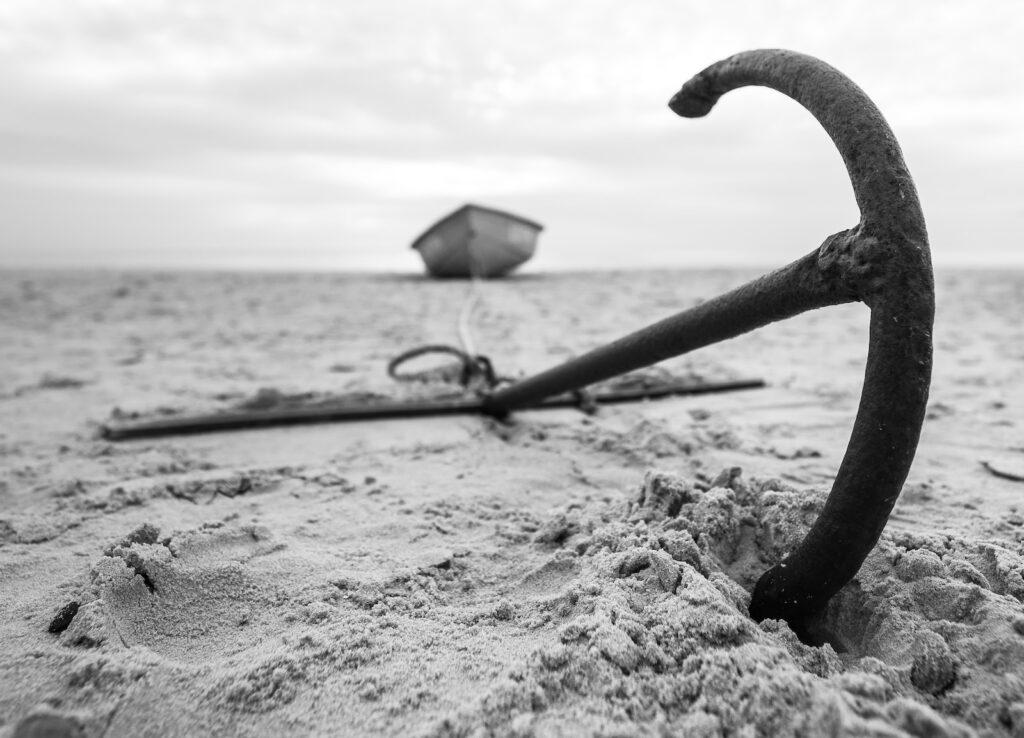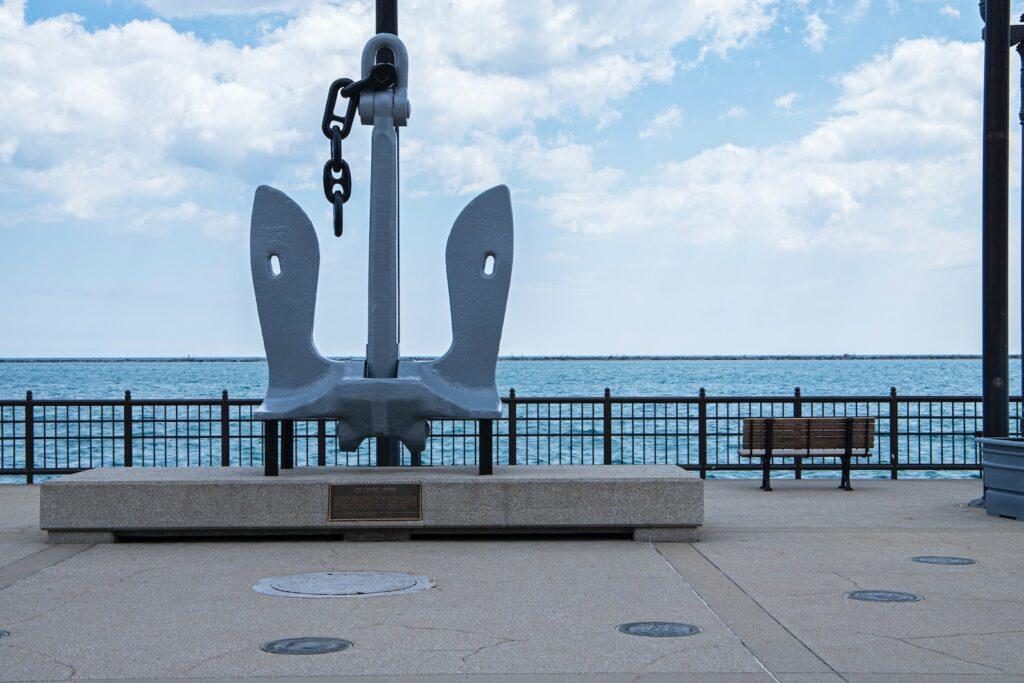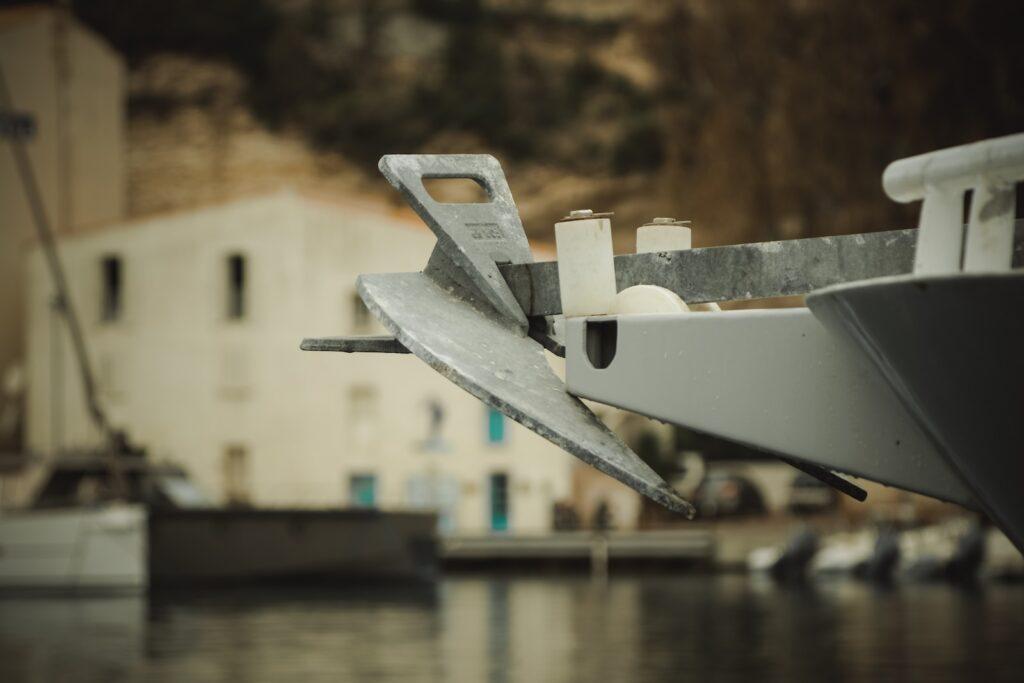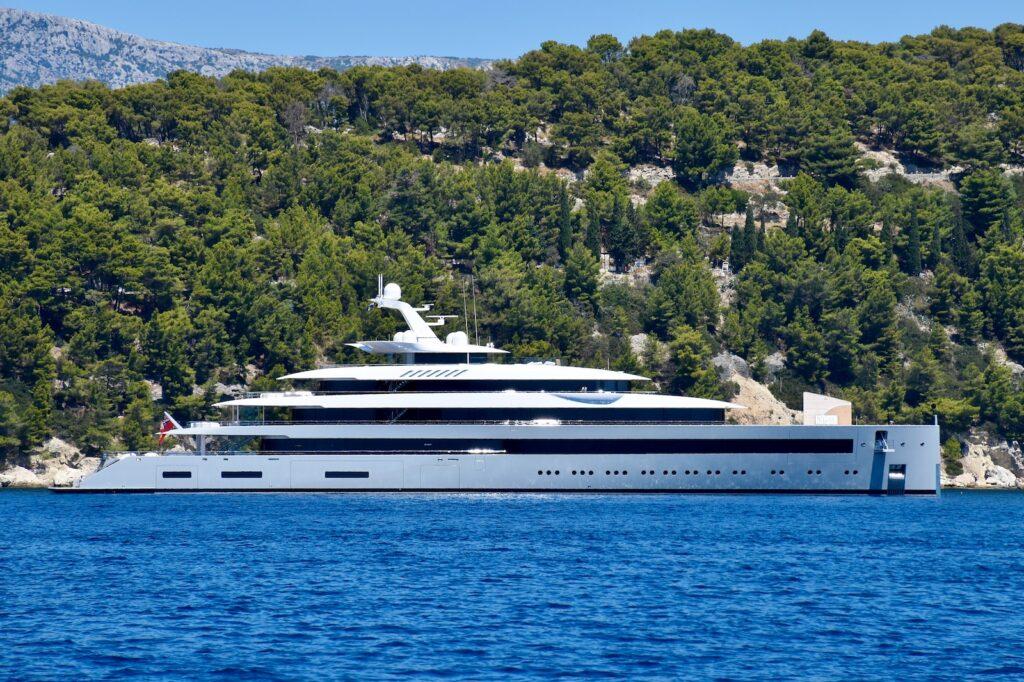6 Secrets to Double Anchoring a Boat!
Double anchoring, also known as tandem anchoring, is a technique used by experienced boaters to ensure the stability and security of their vessels. Whether you’re facing rough weather conditions or anchoring in a crowded marina, knowing how to double anchor can be a game-changer. Let’s delve into this technique, uncover its secrets, and help you master it.
Key Takeaways:
- Assess seabed type and anticipate how currents and winds might affect your boat’s positioning.
- Position anchors in a V‑shaped configuration, adjusting scope for tidal changes and boat movement.
- Equalize anchor tension and manage lines to prevent excessive boat swing.
- Regularly check anchor positions, boat swing, and be ready to adapt to changing conditions.
- Have emergency plans in place, communicate anchoring procedures onboard, and prioritize safety at all times.
6 Secrets to Double Anchoring a Boat
Double anchoring a boat, also known as setting a second anchor or Bahamian mooring, can provide extra stability in strong currents, high winds, or crowded anchorages. Here are six secrets to successful double anchoring:
- Use the Right Gear: Make sure you have two reliable anchors, each with sufficient chain and line. A combination of a primary anchor and a slightly lighter secondary anchor often works well. Ensure that your anchors are suitable for the seabed you’re anchoring over.
- Set the First Anchor Correctly: As with single anchoring, the first anchor must be set properly. Lower it gently to avoid tangling the chain or line, then back down slowly until it’s holding firm.
- Consider the Angle: The ideal angle between the two anchors varies depending on conditions, but generally, an angle of 45 to 60 degrees is recommended. This helps to prevent the anchors from interfering with each other.
- Set the Second Anchor: After setting the first anchor, move the boat upwind or upcurrent and a bit to the side, in the direction of the intended angle, then set the second anchor. Again, back down slowly until it’s holding.
- Adjust the Rode Lengths: Once both anchors are set, adjust the lengths of the rodes (the lines or chains leading from the anchors to the boat) to achieve a balanced pull on both anchors.
- Monitor and Adjust as Necessary: Check the position of your boat regularly, especially if the wind or current changes direction. You may need to adjust the angles or rode lengths. And remember, practice makes perfect!
Double anchoring can be a great tool for added security, but it also requires careful setup and monitoring. So, ensure you’re comfortable with single anchoring first and familiarize yourself with your boat’s response to different anchoring situations before attempting to set a second anchor.

Why Double Anchoring?
Double anchoring a boat, also known as setting a Bahamian moor, can offer several advantages under the right circumstances:
- Increased Holding Power: The most obvious reason to double anchor is to increase the holding power when you are in a location with strong winds or currents. Two anchors can provide more resistance and decrease the chance of dragging.
- Limited Swing Room: In crowded anchorages, double anchoring can limit your boat’s swing radius, reducing the chance of colliding with other boats. This is because the tension between the two anchors keeps the boat more stationary relative to the lateral movement.
- Changing Currents or Tides: Double anchoring is useful when the currents or tides change significantly, causing the boat to shift direction. In a single anchor setup, this could potentially cause the anchor to dislodge, whereas, in a double anchor setup (like a Bahamian moor), the boat can swing around and still have an anchor set in the direction of the pull.
- Variable Wind Directions: Similar to changing currents or tides, variable wind directions can unsettle a single anchor setup. Double anchoring can keep the boat secure even when the wind direction shifts.
- Extra Security: Lastly, having two anchors set can give boaters extra peace of mind, knowing that if one anchor fails, there’s a backup in place.
Despite its benefits, double anchoring does require more skill and management than single anchoring, so it’s best used by experienced boaters or in situations where its advantages are necessary. It’s also important to keep in mind that in some situations, like in very stormy weather or poor holding ground, a larger single anchor or different anchoring techniques may be more effective.
Increased Holding Power
By using two anchors, you double the holding power, which makes it less likely that your boat will drag anchor and drift. This is particularly beneficial in rough weather conditions or strong currents where a single anchor might struggle to hold the boat in place.
Greater Stability
Double anchoring can also improve your boat’s stability. By setting two anchors, you can control the swing of your boat and keep it aligned with the current or wind. This can be particularly helpful in tight anchorages where you want to minimize the swing radius.
Choosing the Right Anchors For Double Anchoring
When it comes to double anchoring, not just any pair of anchors will do. The choice of anchors depends on several factors, including the size of your boat, the type of seabed, and the weather conditions.
Anchor Type and Size
The type and size of the anchors should be suitable for your boat and the conditions in which you’ll be anchoring. For example, a fluke anchor works well on a sandy seabed but might struggle on rocky or grassy bottoms where a plow anchor would be a better choice.
Consider the Seabed
The type of seabed is a critical factor in choosing your anchors. You need anchors that can dig into the seabed and hold firm, whether it’s sandy, muddy, rocky, or covered in grass.

Setting Up the Double Anchor System
Setting up a double anchor system, often known as Bahamian mooring, is a multi-step process that requires careful attention to detail. Here are the steps involved in setting up a double anchor system:
- Choose the Right Anchors: You need two reliable anchors that are suitable for the conditions and bottom composition. One should be a primary anchor that’s size-appropriate for your boat, and the second can be slightly smaller. Each anchor should have a sufficient length of chain and rope rode.
- Set Your First Anchor: Head into the wind or current and drop your first (primary) anchor in the water, ensuring it’s correctly positioned. Pay out the rode until you have at least a 5:1 scope (ratio of rode length to water depth), then slowly back down to ensure it’s set properly and holds.
- Position for the Second Anchor: Now that the first anchor is set, slowly motor your boat upwind or upcurrent at an angle of about 45 to 60 degrees from the first anchor. The distance you travel before setting your second anchor depends on the swing room available and the depth of the water. A good rule of thumb is to go about one and a half times the water’s depth.
- Set Your Second Anchor: Drop the second anchor while keeping tension on the first anchor’s rode. Similar to the first anchor, pay out rode until you have at least a 5:1 scope and slowly back down on this anchor to set it.
- Balance the Rodes: Once both anchors are set, adjust the lengths of the rodes so that tension is equal on both anchors. This will limit the swing of your boat and provide a balanced pull.
- Check Your Anchors: After the rodes are adjusted, it’s crucial to check both anchors to ensure they’re holding. This can be done by visually checking reference points onshore or using GPS.
- Monitor Regularly: Regular monitoring of your position is essential. Changes in wind or current could necessitate adjustments to the system.
Remember, setting up a double anchor system is a more complex task than setting a single anchor and requires more practice and knowledge of your boat and anchoring principles.
The Right Angle
A common approach is to set the anchors at a 60-degree angle from each other. This angle provides a good balance between holding power and swing radius. However, in narrow waterways or very strong currents, a narrower angle might be needed.
Distance Between Anchors
The distance between the two anchors depends on the length of your boat, depth of the water, and the length of the anchor rode. A general rule of thumb is to set them 2–3 times the length of the boat apart.

Retrieving Your Double Anchors
Retrieving your anchors, especially in a double anchoring setup, requires care and patience to avoid tangled rodes or damage to your boat.
Avoiding Tangled Rodes
When retrieving your anchors, you need to ensure that the anchor rodes don’t get tangled. Retrieve the downwind or down-current anchor first to reduce the chances of tangling.
Preventing Damage to Your Boat
Avoid pulling the anchors up by motor alone, as it can potentially damage your boat. Instead, use a windlass or, if necessary, manually haul the anchor while using the motor for assistance.
When to Use Double Anchoring
While double anchoring comes with numerous benefits, it’s essential to understand that it’s not always the best choice. Specific situations and conditions make double anchoring advantageous.
When facing strong currents or high winds, the holding power of a single anchor might be insufficient. This is where double anchoring can ensure your boat stays put, providing extra stability and safety.
If you find yourself in a crowded anchorage where the swing radius needs to be minimized, a double anchor setup can be a lifesaver. It restricts your boat’s swing, making the space safer and more efficient for everyone.
Double Anchoring Techniques
There’s more than one way to double anchor a boat, and the method you choose can depend on factors like available equipment, the conditions you’re in, and personal preference.
This technique involves setting two anchors straight ahead of the boat but retrieving the rodes on the opposite sides. It’s particularly effective in areas with significant tidal shifts, keeping your boat steady through 360 degrees of movement.
With the V‑formation, or the bow-and-stern technique, you set one anchor off the bow and one off the stern, creating a ‘V’ shape. It’s perfect for narrow channels or when you want to maintain your boat’s orientation.

Importance of Practice
As with any other boating skill, practice makes perfect when it comes to double anchoring. Regular practice will help you understand the nuances better and make the process smoother.
Before attempting double anchoring in tough conditions, make sure to practice in safe, controlled environments. Familiarize yourself with the process, understand how your boat responds, and gradually build your confidence.
Every boat is unique, and so is its response to different anchoring techniques. The more you practice, the better you’ll understand your boat and your equipment, enabling you to make adjustments and improvements along the way.
FAQs
Why would I need to use a double anchor system?
A double anchor system can provide extra stability and holding power in challenging conditions, such as strong winds or currents. It can also limit the swing of your boat in crowded anchorages and provide a more secure hold when the direction of the wind or current changes.
What is the recommended angle between two anchors in a double anchor system?
The ideal angle between the two anchors varies depending on conditions, but generally, an angle of 45 to 60 degrees is recommended. This helps to prevent the anchors from interfering with each other and provides a balanced pull on both anchors.
What should I do if my boat is not holding steady with a double anchor system?
If your boat isn’t holding steady, first check to ensure that both anchors are set properly and holding. You may need to adjust the lengths of the rodes to achieve a balanced pull on both anchors. If the boat is still not holding steady, it could be due to the type of seabed or the anchors used.
Conclusion
In conclusion, double anchoring is a valuable technique that can provide your boat with enhanced stability and security. By understanding its benefits, choosing the right anchors, properly setting them up, and avoiding common mistakes, you can master this method and take your boating skills to the next level. Happy and safe anchoring!
